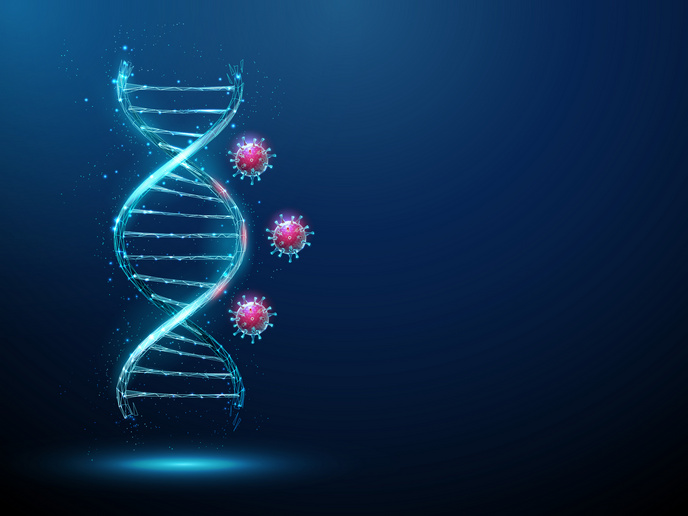Exploring the costs and benefits of CRISPR-Cas systems
CRISPR-Cas systems are a natural defence for prokaryotes (bacteria and archaea). When a foreign genetic element – such as a virus – enters one of these microorganisms, that cell takes a snippet of the invader’s DNA and keeps it within its own genome. If a similar invader tries to enter again, the alarm is raised and the prokaryote cuts its DNA, stopping it in its tracks. These systems are well known, and have been co-opted for gene editing technology (and explored for their potential to treat bacterial infections). Their costs and benefits to the host organisms are unknown. “We know that in some microorganisms, CRISPR-Cas systems are a very powerful antiviral defence, but in others they are completely useless against viruses,” says Uri Gophna(opens in new window), professor in the School of Molecular Cell Biology and Biotechnology at Tel Aviv University. “And yet they are maintained in evolution so clearly there must be additional benefits to having them,” he adds. In the CRISPR-EVOL(opens in new window) project, which was funded by the European Research Council(opens in new window), Gophna and his team used large-scale genomics and experimental evolution techniques to tease out some of the costs, and benefits of these systems. “One of these benefits is faster recovery from DNA damage, which we have shown,” says Gophna. “The fact that CRISPR-Cas systems provide a DNA repair advantage helps explain why they are maintained under low viral pressures, despite having some ‘maintenance costs’, due to, for example, autoimmunity.”
Measuring new patterns of DNA recombination
The project explored how CRISPR-Cas systems alter patterns of recombination, the process of creating new combinations of genetic material, and investigated how proteins associated with CRISPR aid cellular DNA repair. The research involved creating ‘mating assays’ in which two parent strains are mixed on filters and later moved to a medium in which they can only grow if a successful mating event (resulting in DNA exchange) has occurred. “This enables the quantification of mating efficiency in the presence or absence of CRISPR-Cas targeting,” explains Gophna.
Opening up archaea for green biotechnology
CRISPR-Cas systems can stop lateral gene transfer (genetic sharing between organisms that coexist in an environment), which was thought to reduce genetic diversity. Yet CRISPR-EVOL revealed this is not the case. “We show that while targeting by CRISPR-Cas(opens in new window) limits DNA exchange between remote species, it actually increases within-species recombination between different strains of the same species,” Gophna explains. “We also showed that some chronic viruses can completely suppress CRISPR-Cas and thereby persist in the host indefinitely because no CRISPR immune memory is generated against them,” notes Gophna. By curing a halophilic archaeon(opens in new window) of its chronically infecting virus, this resulted in a strain with greatly improved growth rate and yield. “This approach has been patented and we hope it will open new markets for haloarchaea in green biotechnology,” Gophna says.
Exploring nature’s other defence systems
The researchers will continue to study evolutionary aspects of CRISPR-Cas systems, especially some fascinating examples where two systems encoded by two distinct genetic elements reside in the same cell. They have also expanded to additional defence systems. “We study not just effects on gene exchange between strains but also the evolution of complexity – how different components start working together and become a system,” adds Gophna. “We have already shown that individual components can benefit the host in both CRISPR-Cas and CBASS systems(opens in new window), but this is just the tip of the iceberg.”







